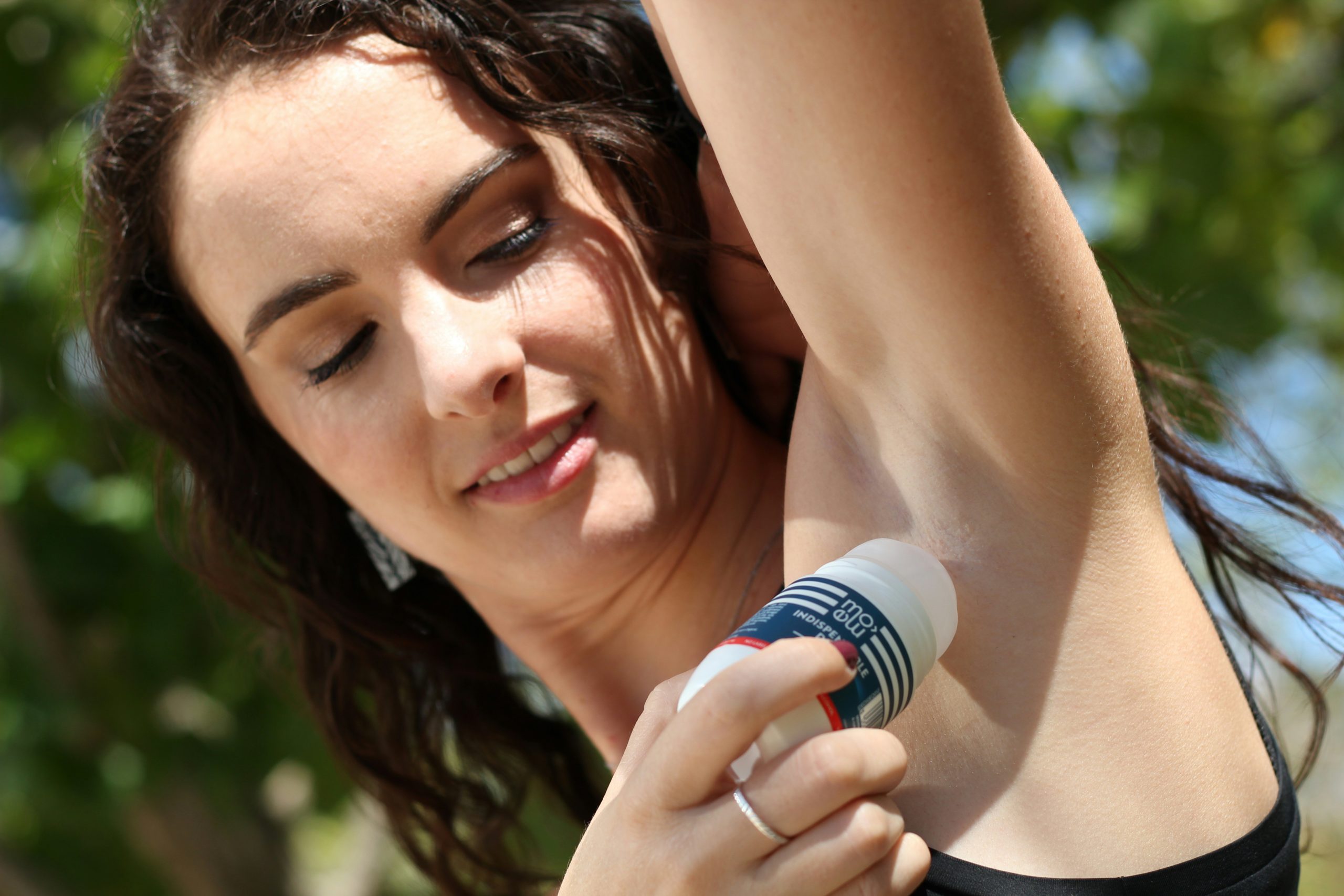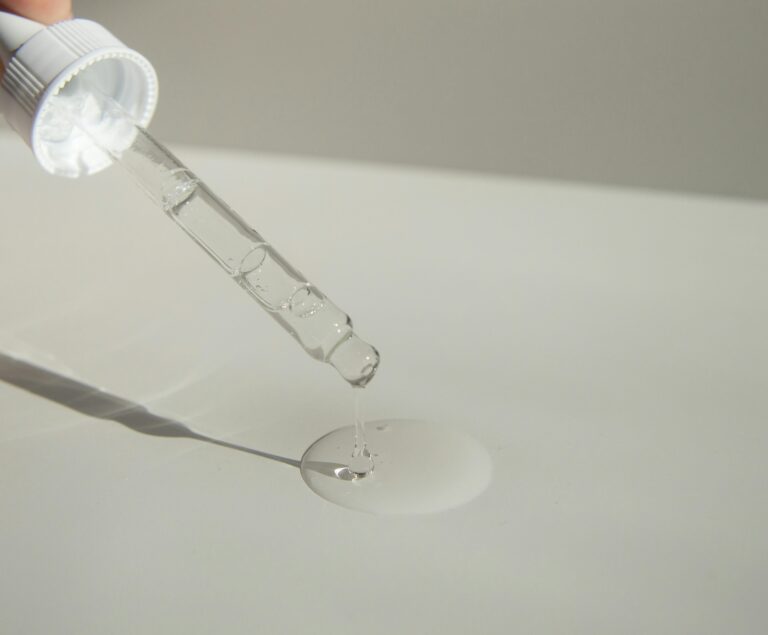In today’s health-conscious world, more and more people are opting for natural alternatives to conventional personal care products. One area where this shift is particularly noticeable is in the world of deodorants.
With concerns about the potential health risks associated with the ingredients found in many commercial deodorants, such as aluminum compounds and parabens, individuals are turning to DIY natural deodorant recipes as a safer and more sustainable alternative.
Making the best natural deodorants at home is not only easy and cost-effective but also allows you to tailor the ingredients to suit your preferences and skin sensitivities. Whether you’re looking to eliminate body odor, reduce sweat, or simply avoid exposure to harmful chemicals, there’s a DIY natural deodorant recipe out there for you.
In this article, we’ll explore some of the most effective and popular recipes for DIY natural deodorants, along with tips for making the switch to a more natural and eco-friendly approach to personal hygiene.
The Benefits of DIY Natural Deodorants
One of the most significant benefits of making your deodorant is the ability to control the ingredients that go into it. Many commercial deodorants contain a laundry list of chemicals and synthetic fragrances that can be irritating to the skin and potentially harmful to your health. By making your deodorant, you can choose natural, skin-friendly ingredients that are free from harsh chemicals and additives.
Another advantage of DIY natural deodorants is their eco-friendliness. Many commercial deodorants come packaged in plastic containers that end up in landfills, contributing to environmental pollution. By making your deodorant at home, you can use reusable or recyclable containers and reduce your carbon footprint.
Finally, DIY natural deodorants can be just as effective as their commercial counterparts, if not more so. With the right combination of ingredients, you can create a deodorant that effectively neutralizes odor-causing bacteria, absorbs moisture, and leaves you feeling fresh and confident all day long.
DIY Natural Deodorant Recipes
Now that we’ve discussed the benefits of DIY natural deodorants, let’s explore some popular recipes that you can try at home. These recipes use simple, natural ingredients that are readily available and easy to work with. Feel free to experiment with different combinations and ratios to find the recipe that works best for you.
Recipe 1: Baking Soda and Coconut Oil Deodorant
Ingredients:
- 1/4 cup baking soda
- 1/4 cup cornstarch or arrowroot powder
- 4 tablespoons coconut oil
- 10-15 drops essential oil (such as lavender, tea tree, or lemon)
Instructions:
- In a small bowl, mix together the baking soda and cornstarch or arrowroot powder.
- Add the coconut oil and essential oil to the dry ingredients and mix until well combined.
- Transfer the mixture to a clean, empty deodorant container or small jar.
- Allow the deodorant to cool and solidify before use.
Recipe 2: Shea Butter and Beeswax Deodorant
Ingredients:
- 2 tablespoons shea butter
- 2 tablespoons beeswax pellets
- 2 tablespoons coconut oil
- 2 tablespoons baking soda
- 2 tablespoons cornstarch or arrowroot powder
- 10-15 drops essential oil (such as lavender, rosemary, or peppermint)
Instructions:
- In a double boiler or microwave-safe bowl, melt the shea butter, beeswax, and coconut oil together until fully melted.
- Remove from heat and stir in the baking soda, cornstarch or arrowroot powder, and essential oil until well combined.
- Pour the mixture into deodorant containers or small jars and allow it to cool and solidify before use.
Recipe 3: Magnesium Oil Deodorant Spray
Ingredients:
- 1/2 cup magnesium oil
- 1/4 cup witch hazel
- 10-15 drops essential oil (such as lavender, geranium, or bergamot)
Instructions:
- In a spray bottle, combine the magnesium oil, witch hazel, and essential oil.
- Shake well to mix the ingredients thoroughly.
- To use, spray the deodorant onto clean, dry armpits and allow it to dry before dressing.
Tips for Making the Switch to DIY Natural Deodorants
Making the switch to DIY natural deodorants can be a rewarding and empowering experience, but it’s essential to approach it with patience and an open mind. Here are a few tips to help you transition smoothly to using natural deodorants:
- Start Slow: If you’re new to natural deodorants, it’s a good idea to transition gradually. Begin by using your DIY deodorant on days when you’re not doing strenuous activities, and gradually increase usage as your body adjusts.
- Detox Your Armpits: Over time, the buildup of chemicals from conventional deodorants can affect the natural balance of bacteria in your armpits. Consider doing an armpit detox to help remove toxins and reset your skin’s microbiome before making the switch to natural deodorants.
- Experiment with Different Formulations: Not all DIY natural deodorant recipes will work for everyone. Don’t be afraid to experiment with different ingredients and formulations until you find the one that works best for your body chemistry and lifestyle.
- Give It Time: It may take some time for your body to adjust to using natural deodorants, especially if you’ve been using conventional antiperspirants for a long time. Be patient and give your body time to acclimate to the new routine.
- Stay Consistent: Consistency is key when it comes to using natural deodorants. Make it a habit to apply your DIY deodorant daily, and reapply as needed throughout the day for maximum effectiveness.
Conclusion
DIY natural deodorants offer a safe, effective, and eco-friendly alternative to conventional deodorants. By making your own deodorant at home, you can control the ingredients, reduce your exposure to harmful chemicals, and minimize your environmental impact. Whether you prefer a simple baking soda and coconut oil formula or a more luxurious shea butter and beeswax blend, there’s a DIY natural deodorant recipe out there for everyone.
FAQs
Q1: Will DIY natural deodorants stain my clothes?
DIY natural deodorants may leave residue on clothing, especially if applied in excess. To minimize staining, allow the deodorant to fully absorb into the skin before getting dressed, and consider wearing darker-colored clothing to conceal any potential residue.
Q2: Can I use DIY natural deodorants if I have sensitive skin?
DIY natural deodorants are generally suitable for individuals with sensitive skin, as they are free from harsh chemicals and synthetic fragrances. However, it’s essential to patch test the deodorant on a small area of skin before applying it to the underarms to check for any adverse reactions.
Q3: How often should I reapply DIY natural deodorants?
The frequency of reapplication depends on individual factors such as activity level, body chemistry, and climate. In general, it’s recommended to reapply DIY natural deodorants as needed throughout the day, especially after physical activity or excessive sweating.
Q4: Can I store DIY natural deodorants at room temperature?
DIY natural deodorants can typically be stored at room temperature, away from direct sunlight and heat sources. However, if you live in a warm climate or during the summer months, you may need to store the deodorant in the refrigerator to prevent melting.
Q5: Are DIY natural deodorants effective at controlling sweat?
DIY natural deodorants are primarily designed to neutralize odor rather than prevent sweat. While some ingredients like baking soda and arrowroot powder can help absorb moisture, they may not provide the same level of sweat protection as commercial antiperspirants.



